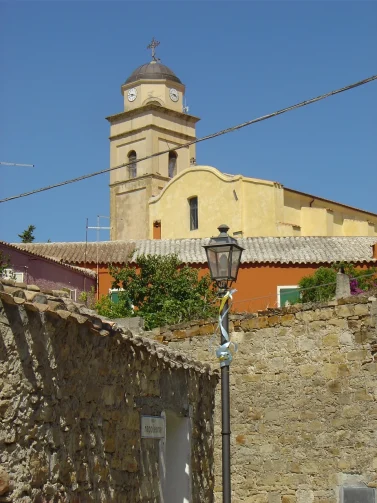Selegas, a charming village nestled in the heart of the Trexenta region, represents a hidden treasure that captivates visitors with its thousand-year history and rich tradition. With its low stone houses contrasting with the vibrant murals painted along the streets, Selegas is a crossroads of past and present, a place where history is intertwined with art.
The name of the village, Selegas, derives from the abundant crops of rye, the “black bread” of the Roman plebs, or perhaps from “segetes,” meaning “grains,” thus indicating the land of Ceres, the goddess of the harvest. With about 1,300 inhabitants, Selegas is a place that enchants with its tranquil atmosphere and breathtaking landscapes.
One of the main points of interest in the village is the Church of Sant’Anna, an architectural jewel in the Pisan-Gothic style dating from the 12th-13th centuries. The interior of the church is enriched by the marble altar, a masterpiece of artistry. The church bell tower houses four bells, the oldest of which dates back to 1608 and is engraved with the name “Scligas,” a reminder of the glorious past of this place.
The village is surrounded by numerous archaeological sites, including nuraghi and tombs of the giants, which testify to the millennial presence of man in this land. The Nuraghe Nuritzi, a complex consisting of a main tower and side towers joined by a wall, is a boast for the entire community.
In addition, a few kilometers from Selegas, in the ancient village of Seuni, it is possible to admire a well-preserved section of a Roman road, a fascinating testimony to the importance of this land since ancient times.
Source: Selegas: a journey into the heart of Trexenta tradition – Unica Radio


